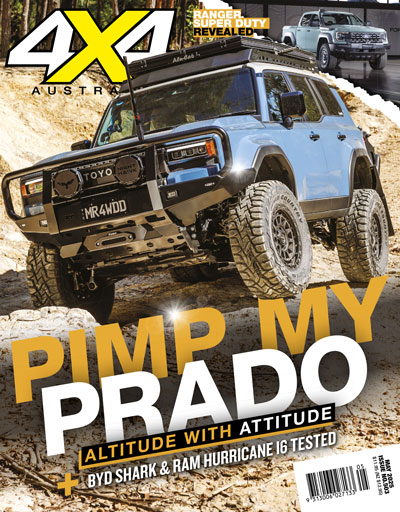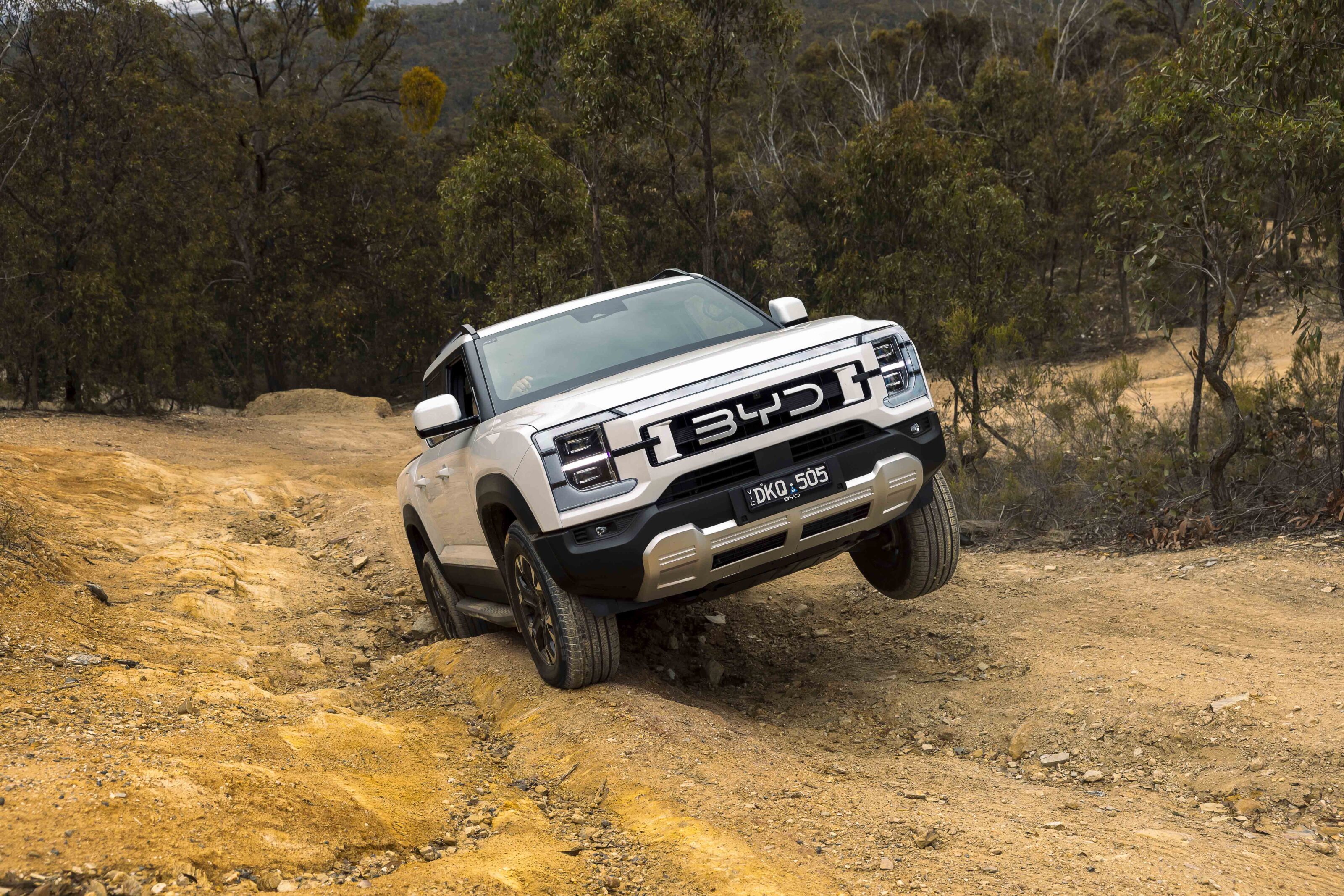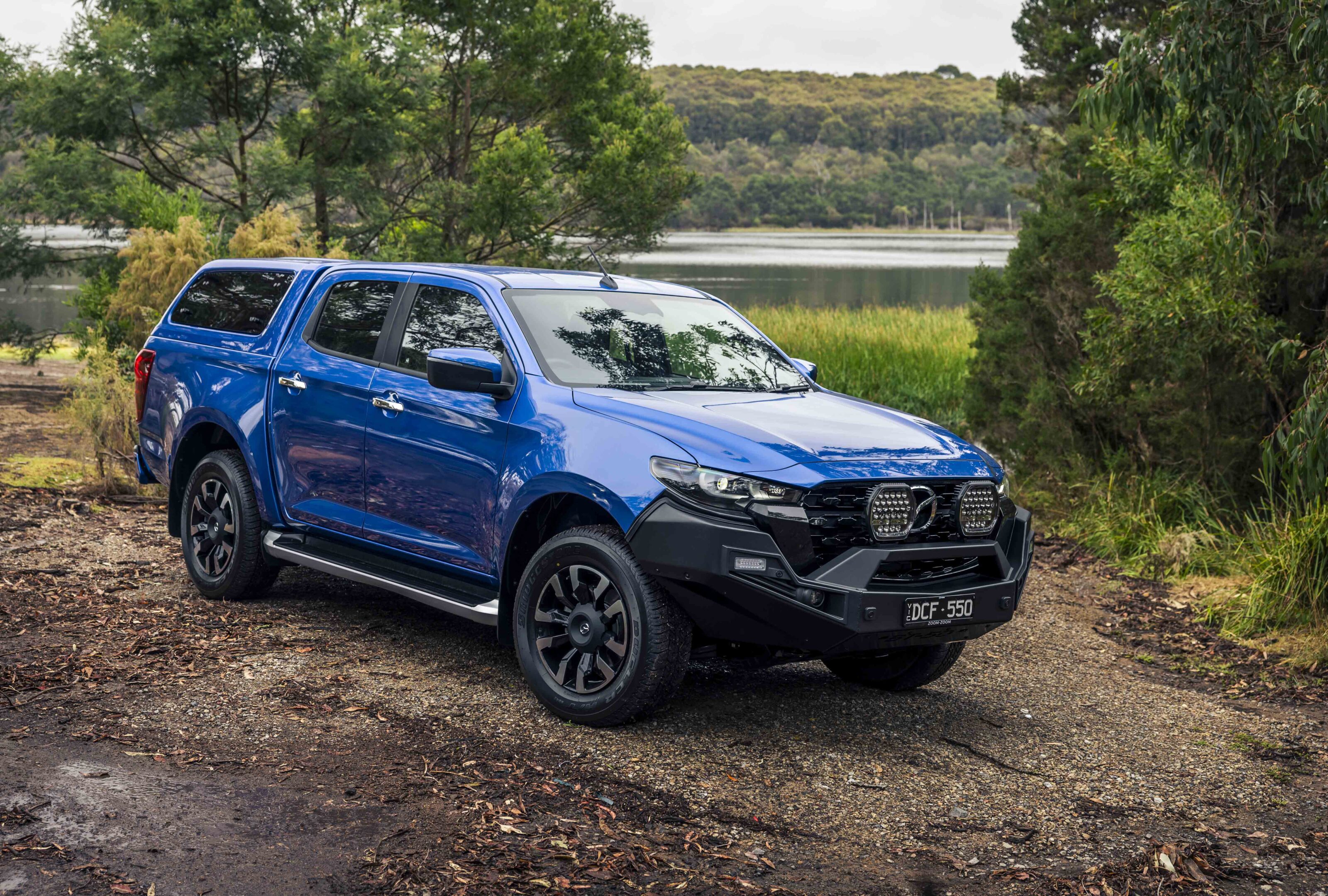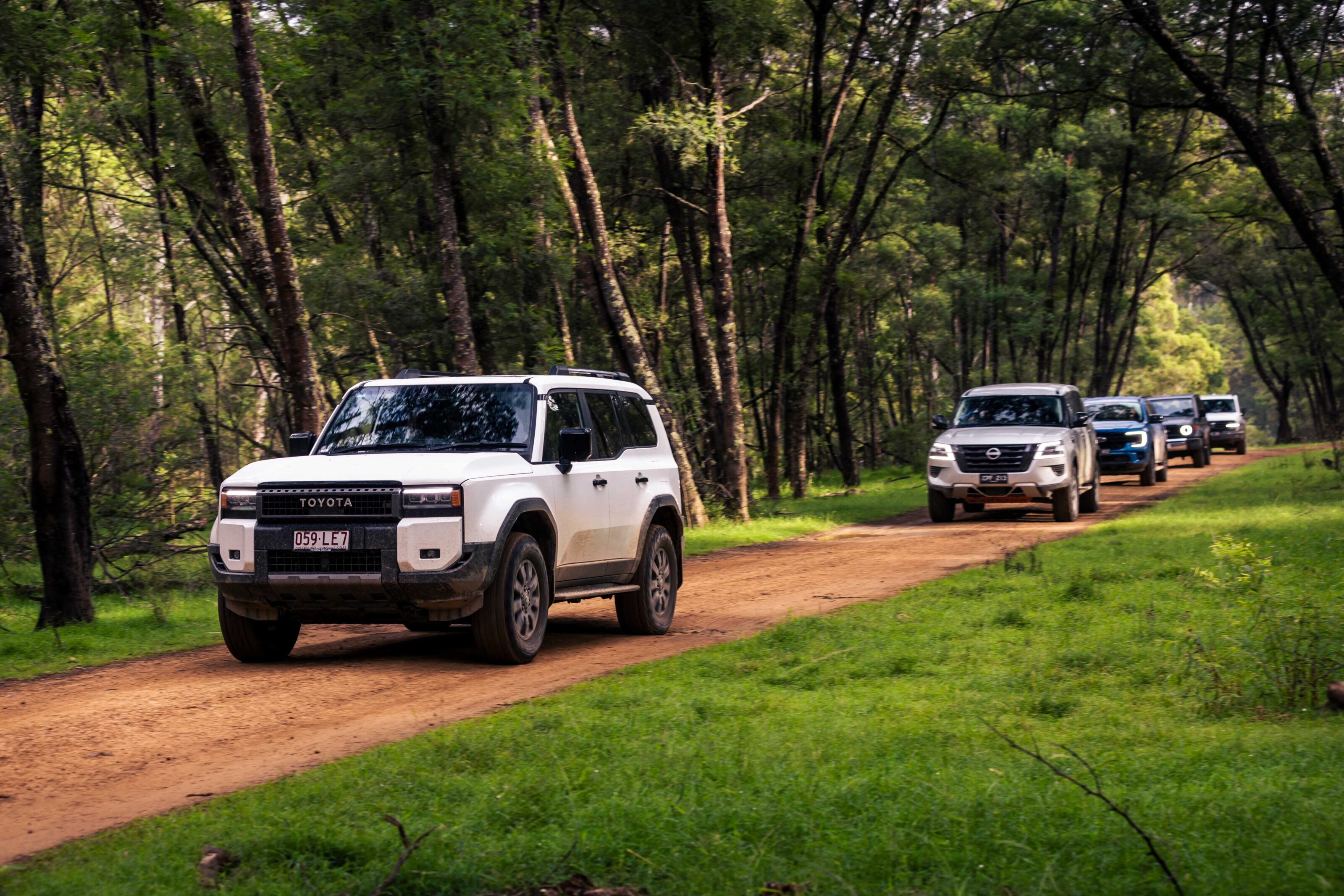MY OLD Holden one-tonner was built in 1977, though it’s had numerous changes through its life, with a different chassis, engine, gearbox and fresh paint job; the shiny new(ish) Commodore rolled off the line in 2011; and the rusty, neglected, fairly straight and mostly stock GQ Patrol first hit the dirt in 1989.
The last two vehicles will be picked apart to turn the Tonner into one wild 4×4. Initially, I was happy to purchase an LS1 or 2 from a wrecker, along with whatever box came with it, as they return good, cheap and reliable power, but an unexpected call from Jason at Total Care in Sydney changed everything.
“Mate, there’s a VE MkII Maloo R8 ute that has been in a rear ender and statuary written off just near our shop… ya want it, ya better be quick,” he said. “Shit yeah,” I shouted back. “LS3 and a six-speed auto with tiptronic-style shifting… jump on it, now.”
Wholly cow, my project 4×4 Tonner shot into the fast lane big time when I laid my money down for it. The Maloo only had minor damage to the rear end, but it was legally written off, so it couldn’t be re-registered.
Other than the stonking engine and six-speed auto, there were a stack of reasons why I jumped at this ute: having the complete vehicle gave me access to the wiring loom and all the smaller parts that make the complete conversion so much easier and cheaper, so I had no need to scour the wreckers or online sites, spending time and money on unseen parts.
Then there were the seats. My eyes lit up the instant I pictured the Maloo’s contoured leather sports seats bolted into the floor of the old Tonner. Perhaps the retractable seat belts, perhaps the huge HSV disc brakes, hell, I’d even consider whacking the dash binnacle in if it looked right in the old ’77 Holden.
Back to the engine, and I had no idea of the exact power outputs the 6.2 LS3 initially had, as there was word of a factory performance upgrade from the previous owner. It started, ran perfectly and sounded shit-hot with every blip of the right foot.
As for expected fuel economy of the behemoth guzzler, I didn’t give a stuff, to tell you the truth; all I could be sure of is that it’d return plenty of smiles per gallon. Thanks Jason, it pays to have extra ears to the ground when searching for car parts.
As with the Tonner, once I’d had my way with using all the parts from the Maloo, everything that wasn’t needed – the hard lid, sailplain, brakes (if I didn’t use them), wheels, exhaust system, doors, side skirts, dash, interior components, front subframe, grill, radiator and front end parts – would be sold off to recoup some of my upfront costs.
For the chassis, suspension and 4×4 system I wanted for my Tonner, I had the option of using Land Cruiser, Land Rover or Patrol gear.
Unlike how Arthur Haywood manufactured the real Holden Overlander back in the mid to late 1970s with a manufactured front chassis grafted onto the Holden unit and custom-fitting Dana diffs and associated gear, I wanted to utilise a complete ladder frame from a later model 4×4, together with coil springs, live axles and transfer case.
The GQ was an easy choice for many reasons. It’s not necessarily the strongest chassis around, especially compared to the Land Cruiser’s, but it can easily be strengthened. It also won’t return the best on-road driving experience, but it’ll be a huge step-up compared to running leaf springs as per the old Overlanders – and there has been a gazillion GQs traverse every corner of our wide, brown land without too many complaints.
What the GQ provides is an incredibly adaptable base that is easily modified from mild to over-the-top wild, not that I wanted that. Multiple factory diff ratios provide alternate final gearing ratios depending on tyre sizes used and, if I wanted, the GQ diffs, CVs and whole axle assembly could be swapped out for the slightly wider (overall) stance, as well as the strong CVs, found in the GU Patrol.
Why not grab a GU to start with? The GQ has no airbags, no stability control, no electronic gadgets to help drive or stop it, and no anti-intrusion bars in the doors. So the finished product will look like an old Holden one-tonner, but it’ll technically be registered as a Nissan Patrol (re-bodied).
Whatever the base vehicle is fitted with, the GQ Patrol must remain or be improved (safety inclusions, engine and so on). That means I don’t have to fit airbags or any of the above mentioned safety parts, as I would have to if utilising a GU Patrol. It also means I couldn’t use the old 308 Holden V8 because it’s older than the GQ Patrol; not that I cared, with the 6.2 LS3 now available to me.
Finding a GQ that was cheap, had a straight, non-rusted chassis, hadn’t been assaulted with radical off-road aftermarket gear, and hadn’t been thrashed senseless, was pretty easy – the easiest of the three vehicles to find, in fact.
GQs are a dime-a-dozen, depending if you want the much sought-after 4.2L diesel, the smaller 2.8L diesel, or the various petrol gas-guzzling variants. I picked up a 1989 4.2L petrol carby engine with an auto ’box, which was registered and running pretty well, and it was cheap as chips.
Sure, it had been off-road, but it didn’t seem to have been thrashed, and it had no rock rash on the panels or chassis. It had a few aftermarket items that could be sold off – TJM alloy bullbar, 33-inch muddies on steel rims, engine and gearbox, and most of the panels that were rust-free and straight – to help fund the whole project.
Plus, the rear top corners of the GQ were badly rusted, so it could even be flogged off to someone who wanted to twin-cab it.





